Birds have some unique body language. Whether you have pet birds or working in the field of ornithology, such behaviors of birds are important to comprehend. And head tilt is one of them.
So why do birds tilt their heads? Birds tilt their heads for improved vision and perception, balance and stability, and to assist with foraging.
Understanding this behavior is important for the research and conservation of bird populations.
Moreover, there are other factors that influence the frequency and degree of tilt. Keep reading this article as it will get you covered in all these aspects.
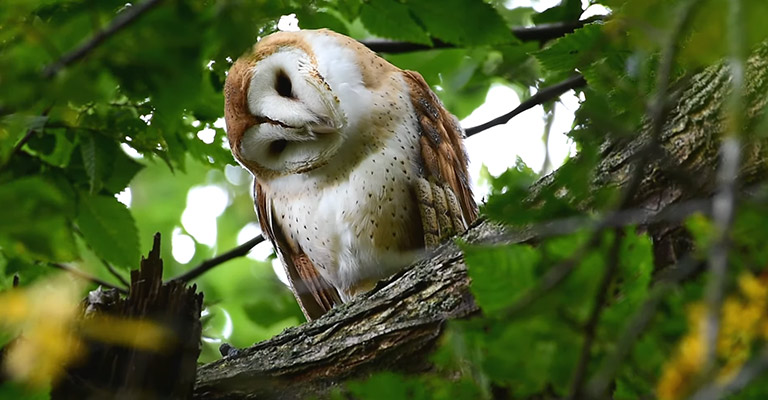
Why Do Birds Tilt Their Heads?
Birds tilt their heads for a variety of reasons, which serve different purposes for the birds. Here I am going to discuss the potential purposes of head-tilt in birds. Let’s get straight into the discussion.
Improved Vision And Perception
Tilting their heads gives birds a better view of their surroundings, which helps them detect potential predators or prey. They can also see and perceive details of their environment more clearly. This is particularly useful when foraging for food.
Better Balance And Stability
Tilting their heads can also help birds maintain their balance, especially when they are on uneven surfaces. They also do it when they are trying to maintain their position while perched.
Assisting With Foraging
Foraging birds often tilt their heads to look for food, such as insects or seeds, and to help identify the size and location of potential food items. This allows them to work more effectively and efficiently to locate food sources.
What Are The Factors That Influence Birds to Tilt Their Head?
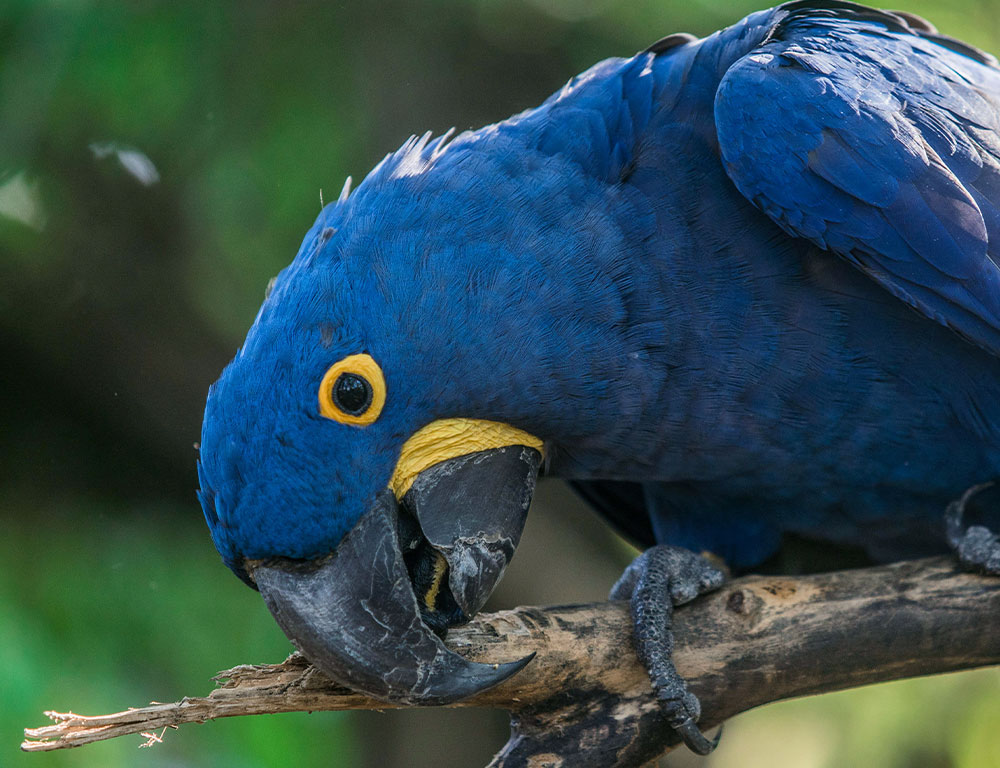
Let’s look at some of the influencing factors that influence the frequency and degree of head tilt of the birds
Type Of Bird And Its Unique Adaptations
Different bird species have different adaptations and behaviors, and the frequency and degree of head-tilt can vary based on the specific species.
For example, owls, known for their keen sense of hearing and vision, often tilt their heads more frequently than other bird species.
Surroundings And Environment
The environment in which birds live and the type of habitat they occupy can also influence head tilt.
For instance, birds that live in dense forests may tilt their heads more frequently. This assists them to see their surroundings better. On the other hand, birds that live in open spaces may tilt their heads less regularly.
Health And Age Of The Bird
The health and age of a bird can also influence head tilt.
For starters, young birds may tilt their heads more frequently as they learn to navigate their environment. On the contrary, older birds may tilt their heads less frequently as they become more experienced.
Additionally, birds that are neurologically ill or injured may tilt their heads more frequently as a sign of discomfort or disorientation.
Examples of Head Tilt in Different Bird Species
Here we will look at some examples of head tilt in different species of birds.
Sparrows
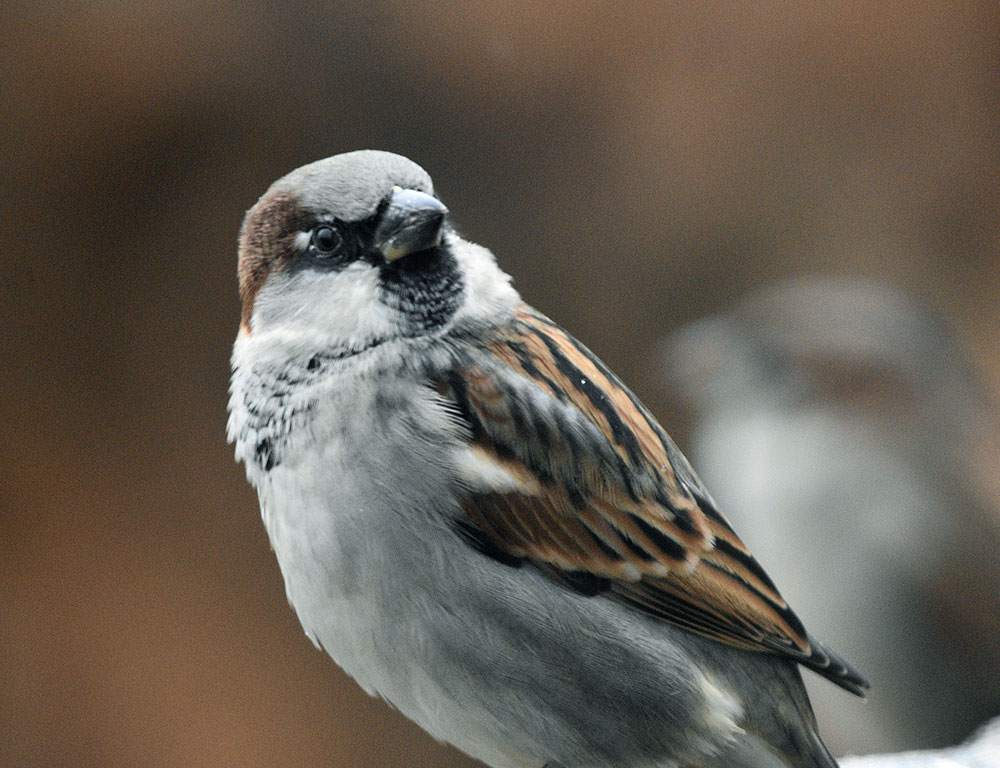
Sparrows are known for their small size and active behavior. They often tilt their heads to see their surroundings better and locate potential food sources.
Owls

In order to better perceive their environment, owls tilt their heads a lot to hear better and see. Their head tilt is also associated with their ability to rotate their heads up to 270 degrees. This gives them an almost 360-degree field of vision.
Woodpeckers
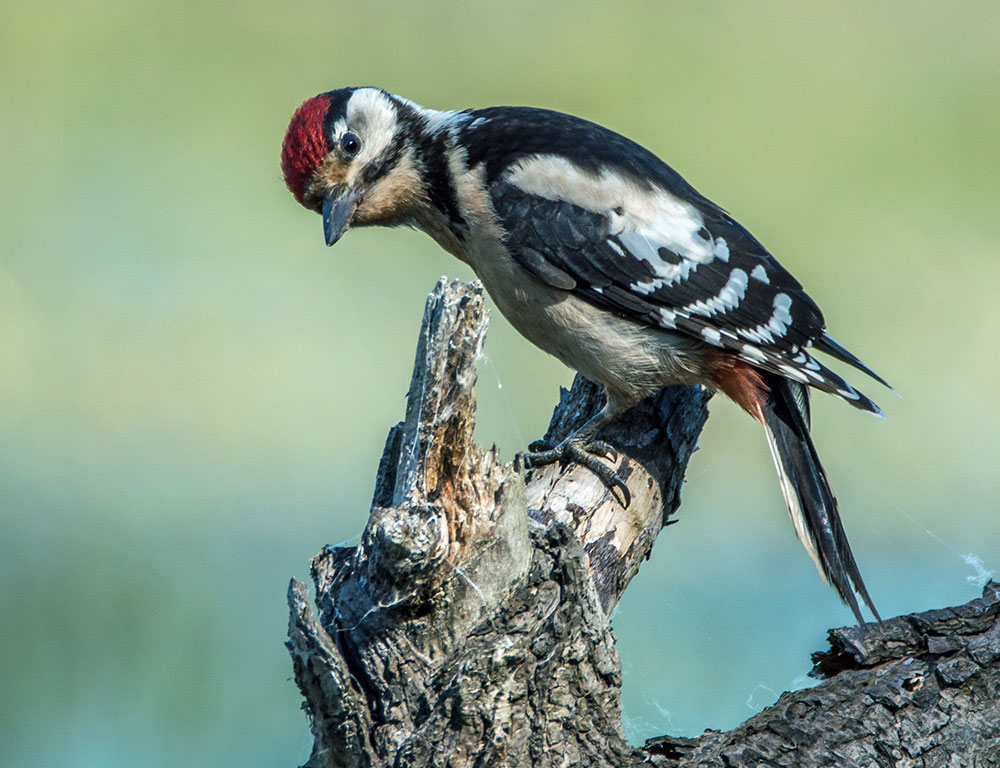
Another example of a bird that tilts its head is the Woodpecker. Woodpeckers are known for their distinctive drumming behavior, which they mainly use to communicate and attract their opposite sex.
However, this also helps them to locate insects within tree trunks and branches. To help with this behavior, they often tilt their heads to see the trunk and branches better and to align their beaks with the insects they are after.
Moreover, their head tilt also allows them to keep their balance while they are drumming and pecking at the tree.
Importance Of Understanding The Body Language Of Birds
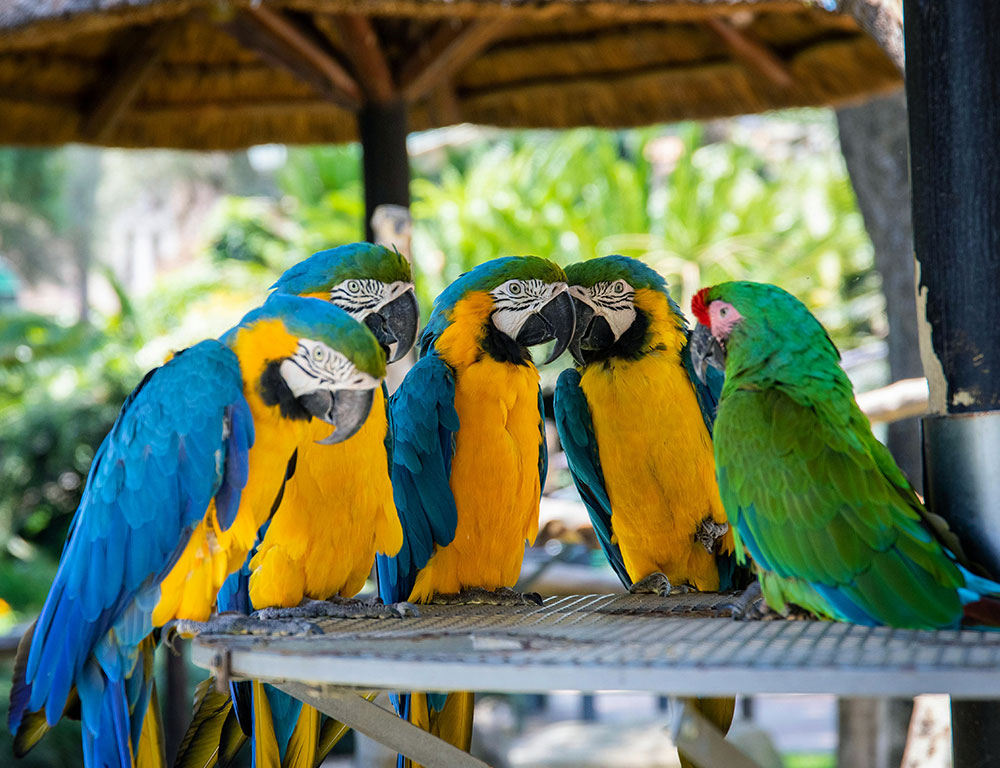
Tilting the head is a part of birds’ body language. Understanding such body language is important, especially if you are interested in birds. Let’s see why.
Better Observation Skills
Knowing what to look for in a bird’s body language can help us observe birds more closely and appreciate their behavior in a more meaningful way.
Conservation Efforts
Apprehending birds’ body language can help us identify when birds are in distress or threatened, allowing us to intervene and protect them.
Enhance Our Knowledge
Understanding bird body language is just one aspect of the complex world of birds. It can help us deepen our understanding of these fascinating creatures.
FAQs
Let’s look at some of the frequently asked questions and their answers related to why birds tilt their heads
Q. Do all birds tilt their heads?
Ans. Not all birds tilt their heads. Some species do this for better vision, foraging, or observation. Head-tilting helps birds see and shows curiosity.
Q. What happens if a bird can’t tilt its head?
Ans. If a bird is unable to tilt its head, it may have difficulty seeing objects or navigating its environment. This could potentially impact its ability to find food and avoid danger.
Q. Do birds tilt their heads when they sleep?
Ans. It is unclear if birds tilt their heads while they sleep. That’s because they tend to tuck their heads under their wing while sleeping.
Final Thoughts
Head tilt in birds is a crucial aspect of their behavior that provides numerous benefits and is a fascinating subject to study. To better understand bird behavior, biology, and unique adaptations, we can explore bird head tilt through scientific research and observation.
It is vital to use this information to improve bird conservation, bird management, and bird appreciation. Thus, it is recommended to continue learning about a head tilt in birds through various resources.